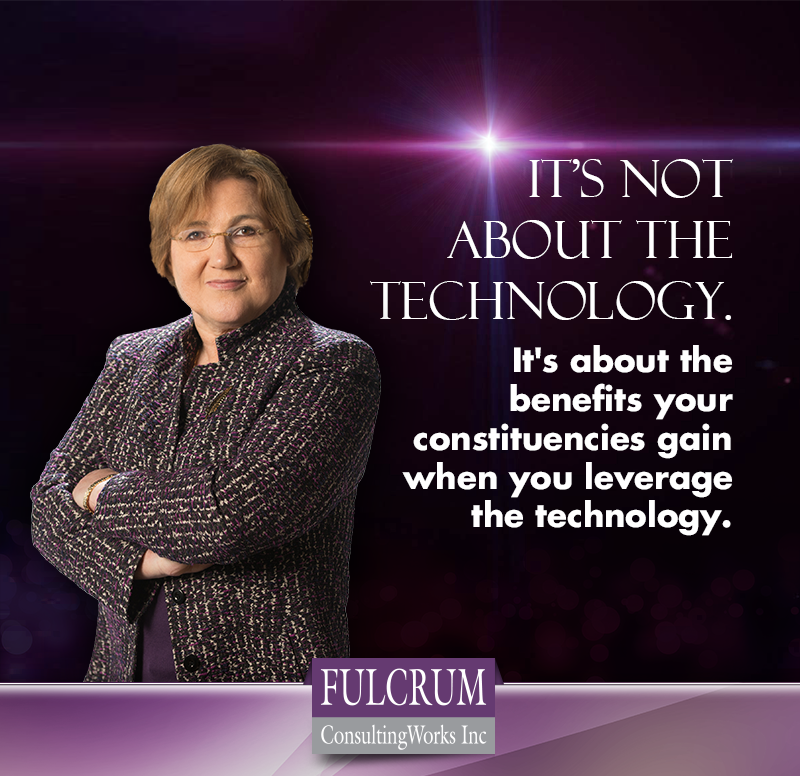President of Fulcrum ConsultingWorks, Inc.
Less than 10 years ago a San Francisco start-up gave its first ride to the public. Eighteen short months later the business served multiple countries. About three years after that first ride, Uber had raised over $1 billion, and added both package and food delivery. Not long ago, Uber introduced Uber Bike. The sharing economy is thriving.
Ten years ago, a business transitioned from shipping DVDs to delivering streaming entertainment. The company began streaming its own content a mere five years ago as Netflix Originals. It’s business model no longer relies on the product of other entertainment companies. The user-controlled pull environment is thriving.
Between 2000 and 2015 print ad revenue fell over 60 percent. Thousands of local newspapers around the world have gone out of business. People seek immediate information, preferably both brief and electronic. Anyone reading this can publish or present video content. In-depth fact-checked reporting is now the purview of a very limited number of news organizations. The location-independence requirement is being met.
In under four years of existence, California manufacturer Carbon has developed 3D printing equipment and processing based on its CLIP technology. The result is a speed and capability that passes former 3D printing by leaps and bounds. Adidas support of the company is resulting in production of 100s of 1000s of 3D printed athletic shoes this year. Individualized value is being delivered.
 What is the common thread in these disruptions to the taxi, car rental, entertainment, news and shoe manufacturing businesses?
What is the common thread in these disruptions to the taxi, car rental, entertainment, news and shoe manufacturing businesses?
Yes, of course it is technology! But it also socioeconomic and cultural factors, just like the first Industrial Revolution centuries ago. This time, Industry 4.0 as some call it, focuses on meeting expectations for location independence, customer-controlled pull, and individualized value. You may not like millennials, but every manufacturer has to understand what they value and provide that value and more.
Technology is the great enabler as expectations and possibilities transform. Just as before, technological advances include new materials, new energy sources, and new production equipment and processes. And new business models. Product as a service continues to expand. Drive Options in Cleveland, OH means you don’t need to choose one car to own; you can pick the one you want to drive each day!
Of my opening examples of Uber, Netflix, news media and Carbon, only Carbon developed new technology; the rest leveraged new but existing technology to create a future that they could envision but others couldn’t.
Just because your company has been successful for 10, 20 or 100 years doesn’t mean you can bury your head in the sand. Profitable manufacturing will require extensive leveraging of technology soon. Within five years there will be no leaders of manufacturing businesses who are uninformed of significant technology concepts.
Does that mean replace people with equipment? Not to anyone who understands how to leverage technology successfully. Those who see lean and technology as cost reduction methodologies miss the potential of both.
Early on in learning about lean and TPS, I heard about “dog work.” It’s the work that is so mindless no human should do it. Seems like a good opportunity to either eliminate work or automate it. People shouldn’t be asked to do unsafe work. Again, opportunities to eliminate, change, or automate work.
Lean, or the thinking system of TPS/TBS, is insufficient without wise integration of data and technology. Respect for people, the underpinning, implies eliminate or automate work not fit for humans. It also means use data and technology to make human work easier to accomplish well.
It is NOT about the technology. It’s about the benefits your constituencies gain when you leverage the technology.


